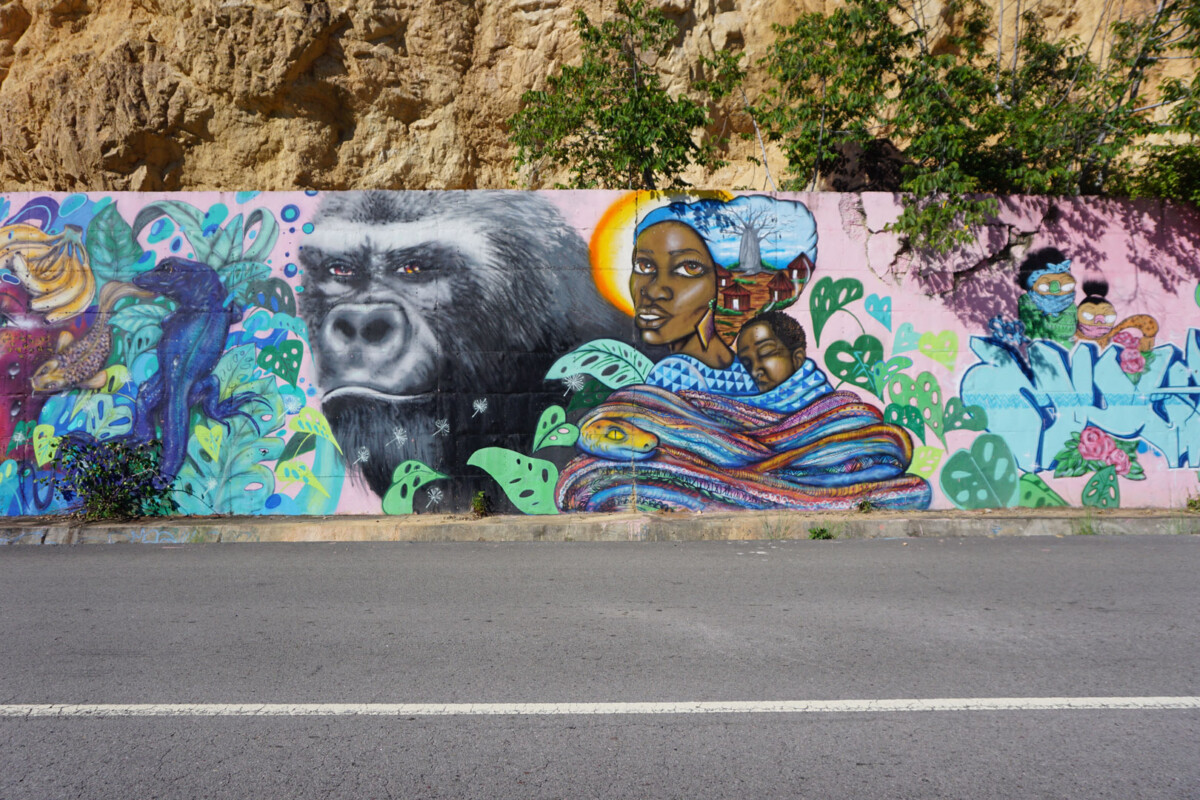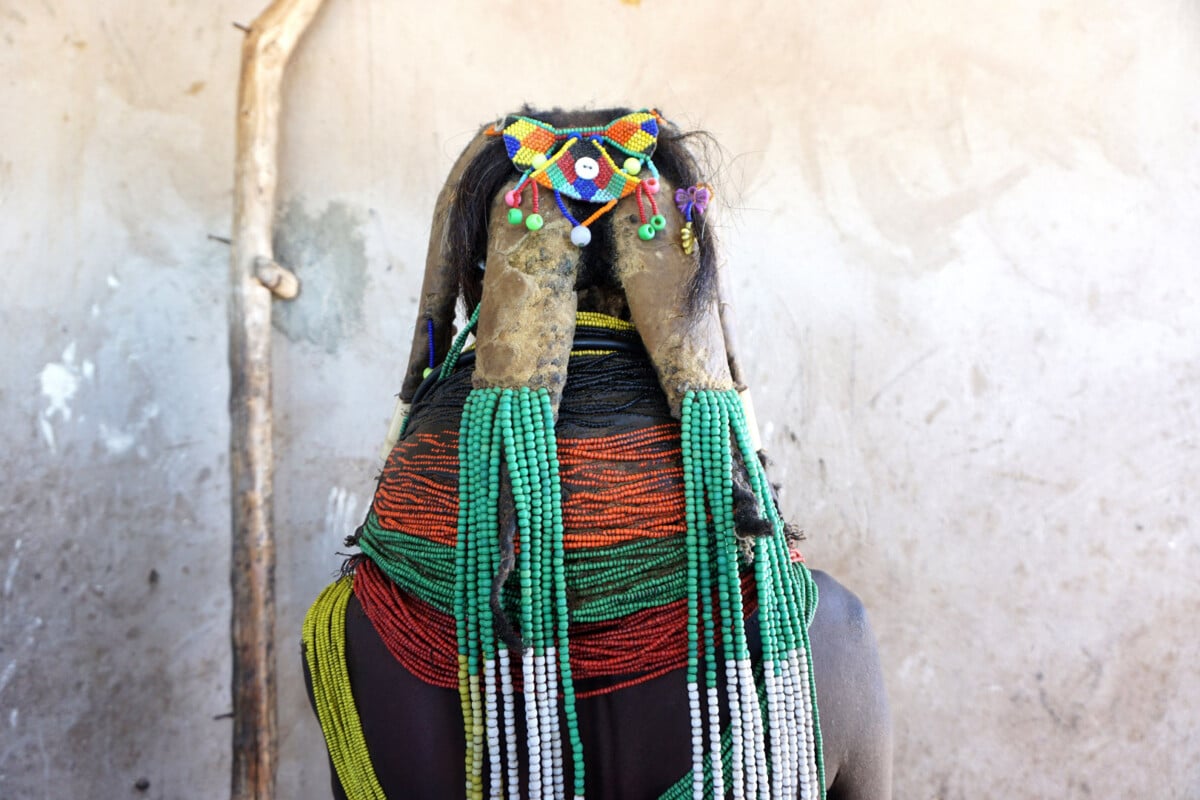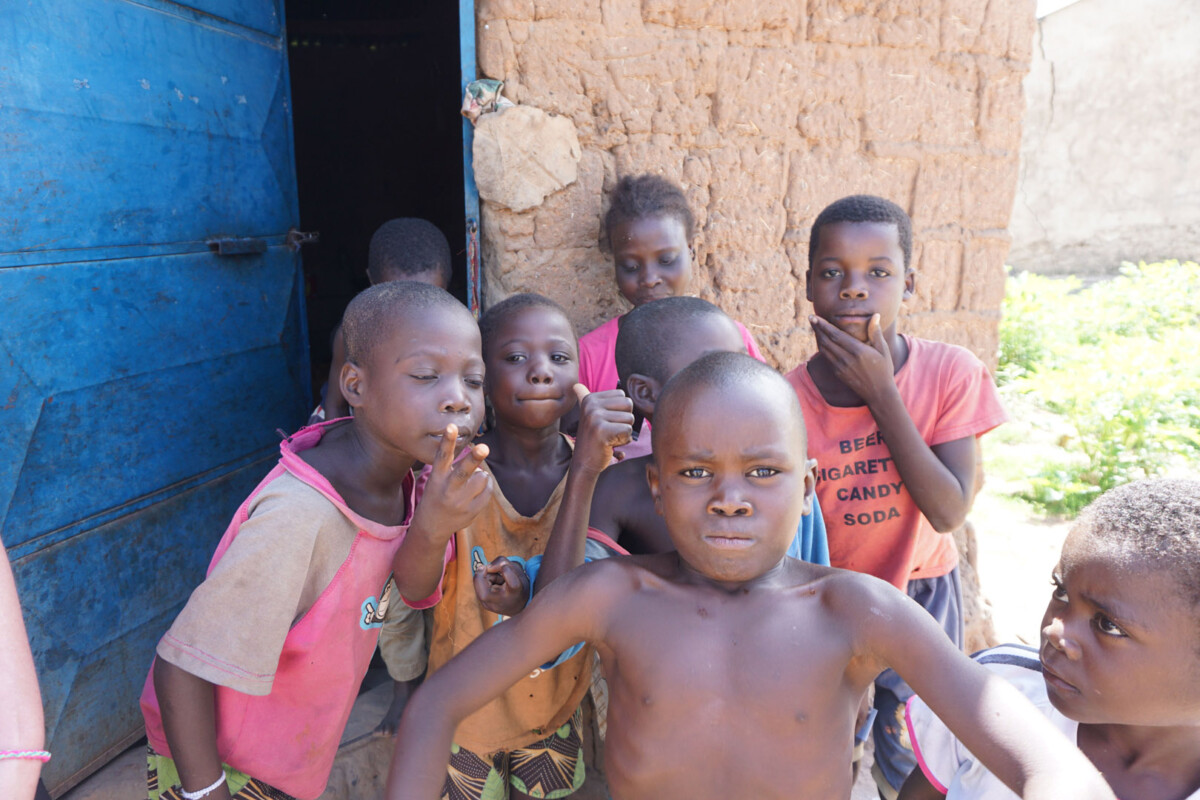Are you ready to make a journey to Angola, once considered one of the most underestimated countries in Africa? Don’t feel any hesitation to join us on our upcoming Grand Angola Tour if you are interested!
Situated in the southwestern part of Africa, Angola is a land blessed with diverse cultures and traditions. Amidst the ethnic groups that call Angola home, the Mumhila tribe emerges as a distinctive and captivating community, boasting a rich cultural heritage. Therefore, in this blog post, we embark on a journey into the world of the Mumhila tribe, delving into their history, customs, and the vibrant fabric of their culture.

The Mumhila Tribe: Unveiling Their History
The Mumhila people belong to the larger Ovambo ethnic group, spanning across several southern African countries. They are a significant subgroup residing predominantly in the southern regions of Angola, particularly in the provinces of Cunene and Huila.
Generations have witnessed the Mumhila tribe’s rich history, with ancestral traditions, stories, and customs passed down orally from one generation to the next, ensuring the preservation of their unique cultural identity. Despite facing numerous challenges, including colonization and civil conflict, their traditions have remained resolute.

Language and Communication
At the heart of preserving their cultural heritage and fostering unity among tribe members lies the Oshikwanyama language. It is a part of the Bantu language family. While Portuguese serves as the official language of Angola, many Mumhila individuals are bilingual. This means they are adept at navigating the modern world while retaining a strong connection to their roots.
Social Structure and Livelihood
The Mumhila tribe boasts a tightly knit social structure. They often organize their communities around extended families, with the eldest member typically holding a position of authority and respect. Agriculture occupies a central role in their livelihood, with subsistence farming being a common practice. Staples of their diet include millet, maize, sorghum, and the rearing of livestock such as cattle and goats.

Artistry and Craftsmanship
One of the most remarkable facets of Mumhila culture is their exceptional artistry and craftsmanship. The tribe is renowned for its intricate beadwork and pottery. Particularly striking is the skill of Mumhila women in crafting beautiful beadwork, often used for fashioning jewelry, clothing, and decorative items. These beadwork creations not only captivate the eye but also carry profound cultural significance, weaving narratives and conveying messages.
Spirituality and Ancestral Beliefs
The Mumhila people maintain a profound connection to spirituality and ancestral beliefs. They hold firm beliefs in a higher power and ancestral guardians who watch over and guide them. Rituals and ceremonies constitute an integral part of their religious practices, often involving offerings, dances, and communal gatherings dedicated to honoring their ancestors and seeking their blessings.
In conclusion, the Mumhila tribe in Angola epitomizes the diversity and resilience of African cultures. Their storied history, artistic traditions, and tightly-knit communities offer a glimpse into a world both captivating and deeply steeped in tradition. As Angola progresses into the 21st century, it is imperative to celebrate and safeguard the cultural treasures of tribes like the Mumhila, ensuring that their heritage endures for generations to come. Through understanding and appreciation, we can contribute to the preservation of this vibrant and distinctive way of life.
Last but not the least, still wanting to see Angola in your own eyes? In this case, don’t feel any hesitation to join us on our future Grand Angola Tour.
